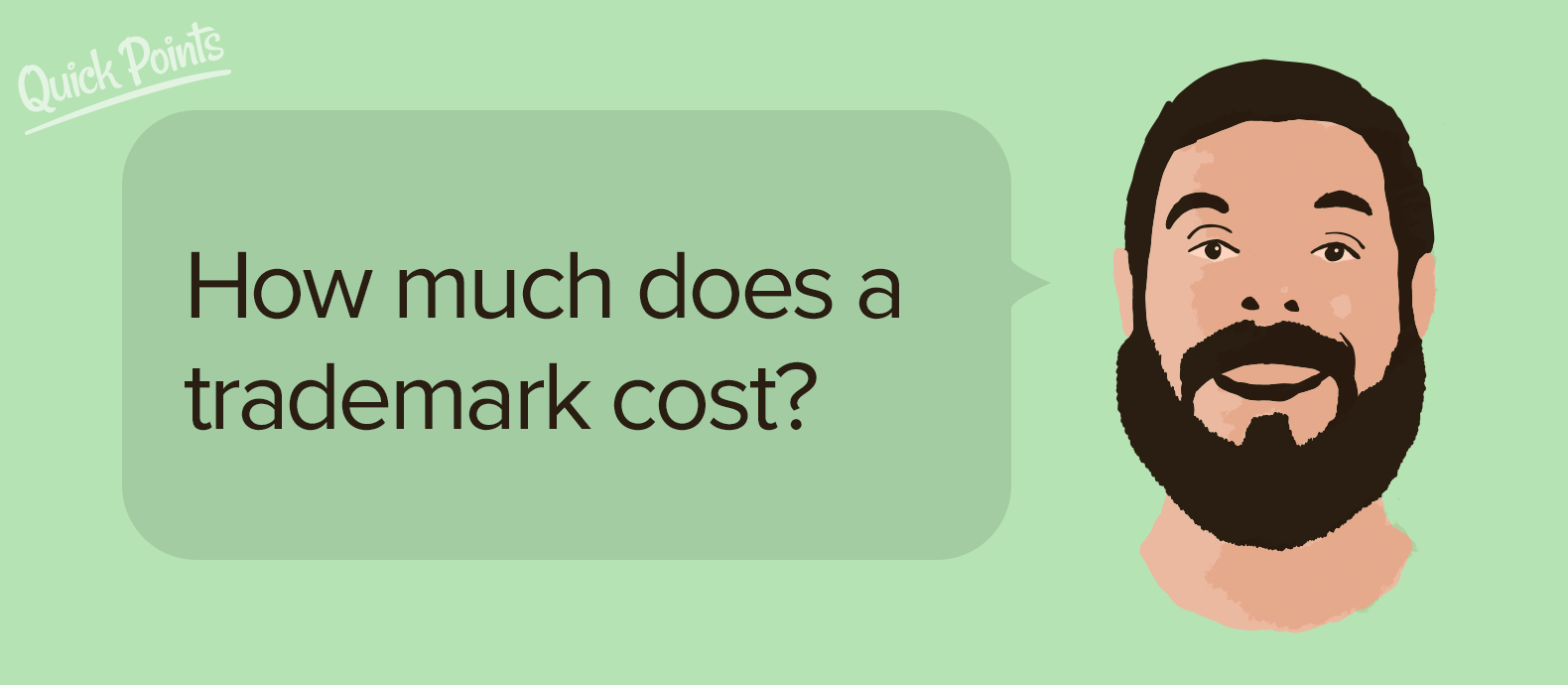This article outlines the competitive advantages and opportunities that any company can obtain by implementing brand protection strategies based on data.
While counterfeit products keep popping online every day, the industry has focused on detecting and enforcing IP infringements as fast as possible. However, being able to measure and improve the way brands approach online counterfeiters can make a real difference: having the right insights to make decisions becomes even more necessary when building a sustainable brand protection strategy.
Here are some positive outcomes that companies obtain by using data to protect their brand:
Step ahead: Combat counterfeiters’ adaptability
Counterfeiters are always looking for new ways to sell. From brand names to generic descriptions, they are constantly creating new strategies to sell their products. For example, infringers can use social media as a window to promote and drive users to online marketplaces to finalize the sale.
In that sense, having graphic data to gain visibility on which tactics counterfeiters are using to sell fakes will help companies identify patterns and trends. This allows brands to see how they should adapt to keep up with the actions of counterfeiters.
Get the full picture
A single brand often suffers from a variety of problems related to IP infringement. For example, a brand may be having trouble with counterfeits on Chinese sites like Alibaba, but struggling on eBay with sellers using the brand’s trademarks in the listings. Additionally, the enforcement process varies from platform to platform, and each case can take a different amount of time to solve.
Having a clear idea of how each of the hundreds, or even thousands, of enforcement processes are being currently processed is important for brands to fully understand their main counterfeiting issues. In order to do so, using KPIs, metrics, and dashboards will empower brands to easily compare information, connect the dots between seemingly isolated incidents, and root-cause infringing issues.
Make informed decisions, not assumptions
When it comes to brand protection, having up-to-date information about online infringements enables brands to take accurate and timely decisions to stay effective. Ultimately, having the necessary data to back decisions allows companies to enhance their efficiency in detecting and enforcing online counterfeits.
Examples of how data insights can drive informed decisions:
- If a brand finds out that they have a major issue with their products on Malaysian platforms, a response could be to search for keywords in Malay.
- If sellers on online marketplaces are copying artwork and photography of products to sell copycats, then a process of reporting and enforcing copyright infringements could be the next step.
- If a brand’s trademark is being commonly used to trick internet users into accessing scam-filled rogue websites, then the brand should be checking Google and other search engines, rather than looking on online marketplaces for their IP issues.
Taking these specific responses is made much easier with the support of complete data that is easy to understand.
What’s next
Data can help companies identify patterns and trends to understand how their products are being counterfeited online, so they can foresee and tackle future infringement tactics.
In addition, having all relevant information visualized in one place will provide brands the full picture over their online presence, allowing them to compare and leverage key data insights to make a real difference.
Finally, IP infringement data will help brands prioritize and take informed decisions to build a sustainable brand protection plan, and maximize their brand protection efforts. Being strategic by measuring and improving the way brands approach online counterfeiters will definitely support companies to succeed in the battle against fakes.







